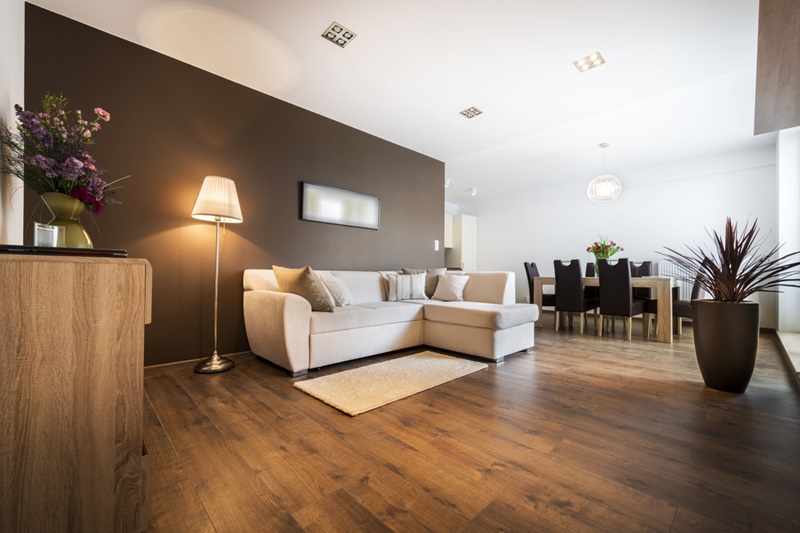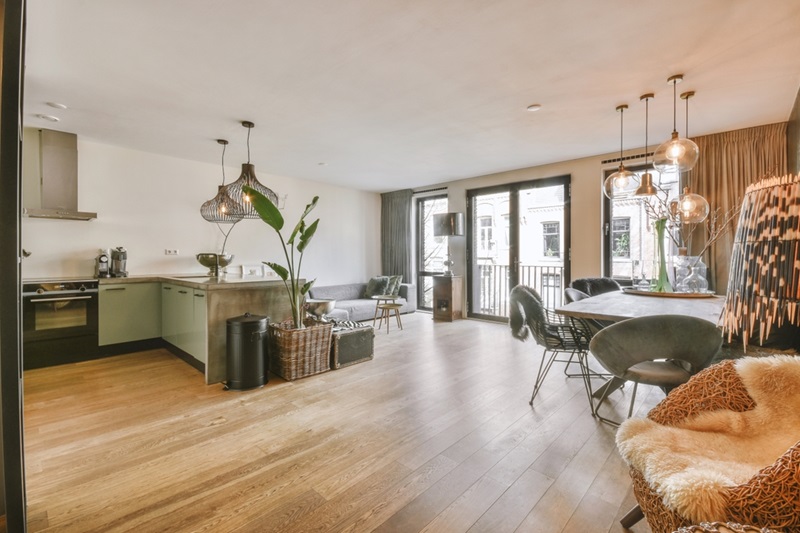The Process Behind the Creation of Engineered Flooring

Have you ever stopped to ponder what lies under your feet? Unseen yet the silent hero, the flooring of a home often gets overlooked in the process of interior design. Today, let’s dive into the marvels of the unsung hero of our homes – engineered flooring. But what exactly is engineered flooring and why is it steadily gaining popularity? What kind of process unfolds behind the scenes to create such masterful flooring?
Engineered flooring is the meeting point of technology, functionality, and aesthetics. It’s an effective innovation in the flooring industry that provides the beauty of hardwood coupled with the advantage of higher durability and resistance. It’s like having your cake and eating it too – the glamour of authentic wood, with less susceptibility to changes in temperature and humidity. This blog post will peel back the layers of engineered wood flooring, delving into its origins, production process, benefits, and quirks.
Modern homes have increasingly started to fall back on classics. Among these, engineered hardwood holds a distinct spot, inviting past eras into the contemporary world with its singular charm. Hidden within the layers of engineered flooring are intricate processes and a rich history, all waiting to be unraveled.
The Origins of Engineered Flooring – A Historic Overview
Ask any homeowner or designer about the charm associated with hardwood floors, and their eyes will undoubtedly light up. The classic allure of wood flooring is indisputable. However, its susceptibility to climatic conditions and the requirement of deforestation always raised sustainability concerns. Enter engineered flooring – a perfect union of the beauty of wood with the durability of composite materials.
Developed in the 1960s, engineered flooring was a solution to the limitations of traditional wood flooring. The layers of composite wood or plywood are topped with a thin layer of hardwood, creating a versatile and resilient product. Named aptly as “engineered” flooring, the creation process is indeed an intricate and rigorous engineering feat.
The Process Behind the Creation – An Engineering Marvel
Before the final product comes into your hands, the raw materials pass through a series of meticulous processes. Selection of the right wood species, careful saucing and precise manufacturing are key elements in the creation of engineered flooring. The raw wood is first cut into thin sheets, kiln-dried, and then bonded together under heat and pressure to form a stable core.
This core then receives the pièce de résistance – a layer of genuine hardwood. This veneer surface, which can range from oak, maple to exotic species like acacia, adds the charm and authenticity. The process almost paints an artistry picture; the layers singing a symphony of rigidity, reliability, and aesthetic appeal.
Pioneers and Innovators
In a market bursting with flooring options, it takes sheer ingenuity and unflinching quality standards to stand out. Leading brands like Shaw Floors, Armstrong, and Mannington have invested years in perfecting their engineered flooring. These pioneers utilize cutting-edge machinery and have stringent quality control measures to ensure unparalleled product quality.

The Benefits – The ‘Why’ Factor
Engineered flooring shines as an environmentally friendly choice that does not compromise on aesthetic appeal. Its key advantages are durability, stability, flexibility in installation, and better resistance to moisture than traditional wood. In addition, its compatibility with underfloor heating systems proves to be an added advantage in colder regions.
A Few Considerations – the Other Side of the Coin
No product is free of considerations. For engineered flooring, issues like limitations in refinishing and sensitivity to scratching do exist. However, the disadvantages are dramatically outweighed by the benefits, which explains its steady popularity among homeowners and designers.
Conclusion: A Toast to Engineered Flooring
Drawing the curtains on the manufacturing process of engineered flooring creates a newfound admiration for this underfoot marvel. Isn’t it intriguing to walk into a room overlooking the stories hidden beneath the layers of your floor? Histories encoded within the grains, Artisan skills reflected in the finish, the fusion of nature and engineering – it’s all a part of your beautiful, resilient, engineered floor.
Despite minimal drawbacks, the constant innovation, and the unquestionable benefits make engineered flooring a strong contender in the flooring industry. They say the charm of old-world wood can’t be replicated. But perhaps, with engineered flooring, we have come close to building a bridge between the past and the future – narrating a tale of resilience, evolution, and elegance under our feet.